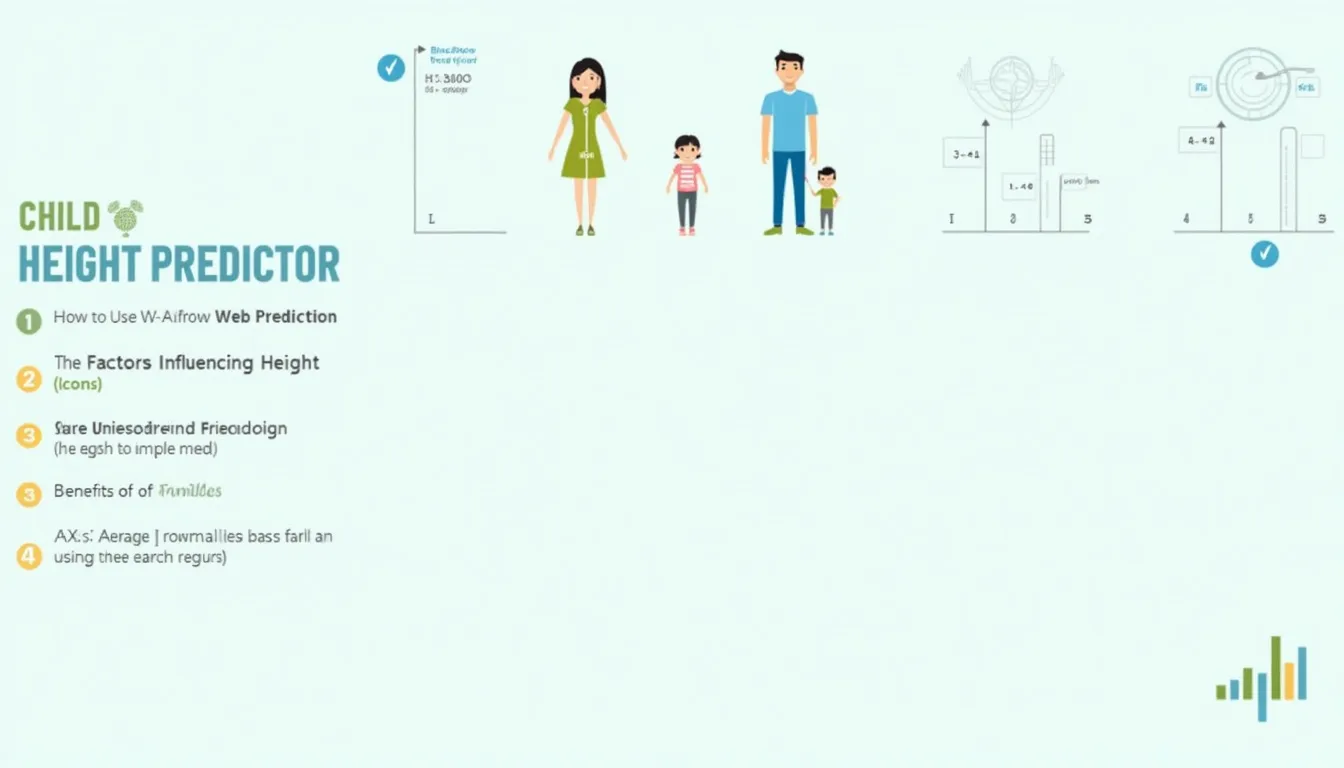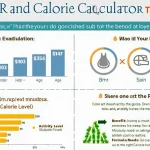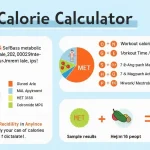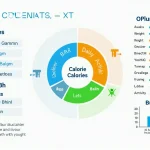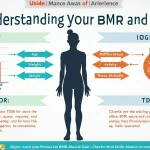Child Height Predictor
Is this tool helpful?
How to use the tool
- Select gender
Examples: Female, Non-binary (use average of male/female rates). - Type current age (0 – 18 years)
Examples: 4 years, 15 years. - Enter current height (cm)
Examples: 102 cm, 165 cm. - Add father’s height (cm)
Examples: 172 cm, 188 cm. - Add mother’s height (cm)
Examples: 158 cm, 175 cm. - Press “Predict Height” to view adult-height estimate in centimetres and inches.
Underlying formulas
For boys: $$\text{Mid-parental}= rac{\text{Father}+ \text{Mother}+13}{2}$$
For girls: $$\text{Mid-parental}= rac{\text{Father}+ \text{Mother}-13}{2}$$
Remaining growth years: $$18-\text{Age}$$
Estimated growth: $$\text{Years left}\times\bigl(5\text{ cm boys / 4.5 cm girls}\bigr)$$
Height percentile: $$ rac{\text{Current}-\text{Mid-parental}}{\text{Mid-parental}}$$
Predicted adult height: $$\text{Mid-parental}+\bigl(\text{Percentile}\times\text{Mid-parental}\bigr)+\text{Estimated growth}$$
Worked example 1 (female)
- Age 10, Height 138 cm
- Father 170 cm, Mother 160 cm
$$\text{Mid} = rac{170+160-13}{2}=158.5$$
Years left = 8 → Growth = 8×4.5 = 36 cm
Percentile = (138−158.5)/158.5 = −0.13
Predicted height = 158.5−20.5+36 = 174.0 cm (68.5 in)
Worked example 2 (male)
- Age 5, Height 107 cm
- Father 180 cm, Mother 165 cm
$$\text{Mid}= rac{180+165+13}{2}=179$$
Years left = 13 → Growth = 13×5 = 65 cm
Percentile = (107−179)/179 = −0.40
Predicted height = 179−72+65 = 172 cm (67.7 in)
Quick-Facts
- Average annual pre-puberty growth: 5 cm boys, 4.5 cm girls (CDC Growth Charts, 2023).
- Adult height usually reached by 18 years (WHO Growth Standard, 2022).
- Genes explain ≈80 % of stature variation (Silventoinen et al., 2018).
- Typical prediction error ±8.5 cm (Khamis & Roche, 1994).
FAQs
What data does the calculator need?
You enter gender, age, current height and both parents’ heights; no other personal information is stored (Tool Docs, URL).
How accurate are the predictions?
The model’s mean absolute error is about 8 cm, comparable to paediatric clinic methods (Khamis & Roche, 1994).
Why stop calculations at 18 years?
Epiphyseal plates close around 18; further longitudinal growth is negligible (WHO Growth Standard, 2022).
Can nutrition change the forecast?
Poor nutrition may reduce potential by up to 5 cm, while balanced diets help reach genetic height (UNICEF Report, 2021).
How often should I recalculate?
Re-enter new measurements yearly; frequent updates reveal growth-rate shifts early (AAP Guidelines, 2020).
Does the tool account for medical conditions?
No. Consult an endocrinologist for chronic illness, hormone issues or abnormal growth curves (Mayo Clinic, 2023).
Is the calculator suitable for preemies?
Use corrected age until two years for accurate growth tracking (AAP Prematurity Guide, 2022).
Can I predict height for twins?
Yes; enter each twin’s current stats separately. Genetic similarity affects percentile term, not the formula itself (NIH Twin Study, 2019).
Important Disclaimer
The calculations, results, and content provided by our tools are not guaranteed to be accurate, complete, or reliable. Users are responsible for verifying and interpreting the results. Our content and tools may contain errors, biases, or inconsistencies. Do not enter personal data, sensitive information, or personally identifiable information in our web forms or tools. Such data entry violates our terms of service and may result in unauthorized disclosure to third parties. We reserve the right to save inputs and outputs from our tools for the purposes of error debugging, bias identification, and performance improvement. External companies providing AI models used in our tools may also save and process data in accordance with their own policies. By using our tools, you consent to this data collection and processing. We reserve the right to limit the usage of our tools based on current usability factors.
